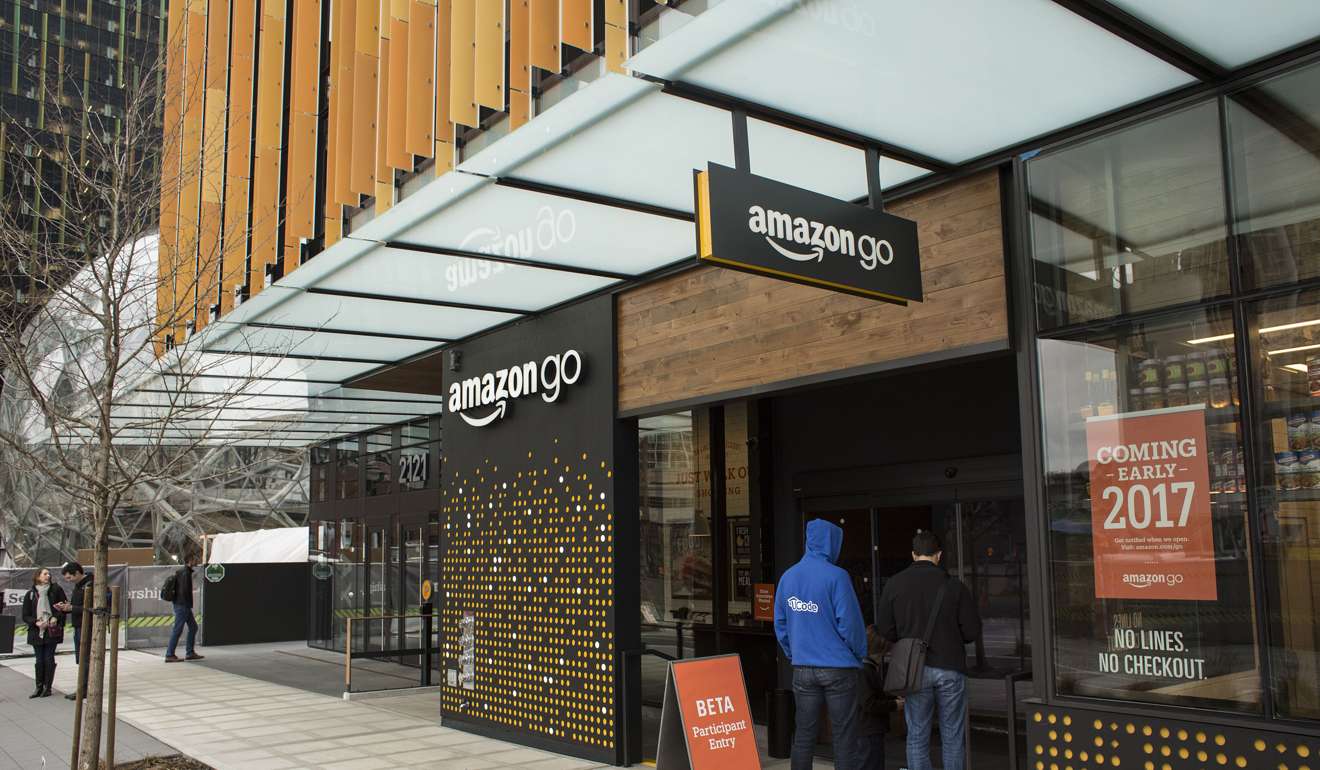
Amazon intensifies war against counterfeiters
Amazon.com is expanding a programme to remove counterfeit goods from its website this spring as part of a broader push to assure brand owners that the online retailer is an ally rather than a threat.
As early as next month, any brand can register its logo and intellectual property with Amazon so the e-commerce company can take down listings and potentially seller accounts when counterfeits are flagged, Peter Faricy, vice president of Amazon Marketplace, said in an interview.
The so-called brand registry, which had been in a test phase, will be widely available for free in North America, Faricy said ahead of his presentation on Tuesday at the Shoptalk commerce conference in Las Vegas.
The move reflects Amazon’s efforts to court increasingly important third-party sellers. The Seattle-based company takes a commission for retail transactions it enables, and it sells lucrative fulfilment and advertising services to third parties.

Counterfeiters have sold faulty or discounted versions of authentic goods on Amazon, prompting lawsuits, including one from Apple, against merchants on the site.
Other retailers have said they fear Amazon controls too much of the sales process and creates its own private-label copies of top-selling items to sell to customers at a lower price.
“The data doesn’t support it,” Faricy said of the allegation that Amazon is jeopardising sellers. Third parties have grown to account for about 50 per cent of units sold on Amazon, he said.
Access to Amazon’s more than 300 million customers allowed 100,000 sellers to generate at least US$100,000 each through the company last year, Faricy said, and its fulfilment services have made once costly daily delivery affordable for small retailers.
Shoppers, brands or Amazon itself can flag counterfeit goods via the brand registry, which the company developed in 2016.
Amazon is also offering brands a programme called “Transparency,” which lets them label packages with a code so shoppers can cross-check their purchase against official information.
Faricy said efforts against counterfeit products are at an early stage.
“I don’t think it’s the kind of thing where you ever feel like there’s a clear ending,” he said. “It’s a journey.”

